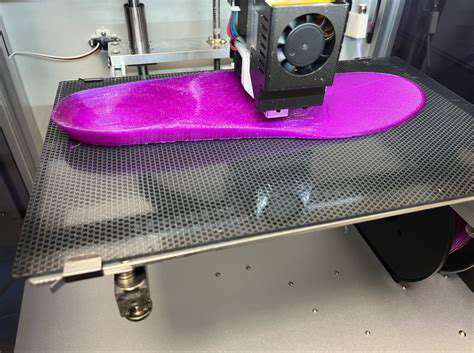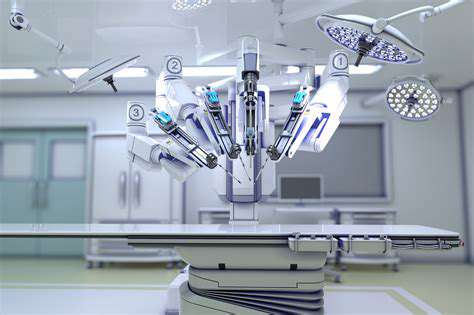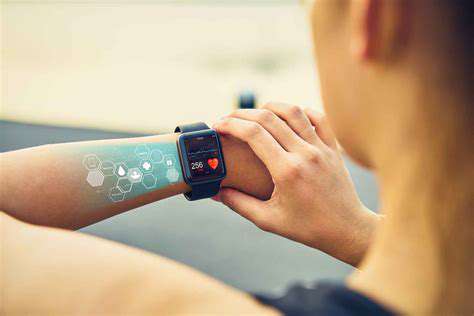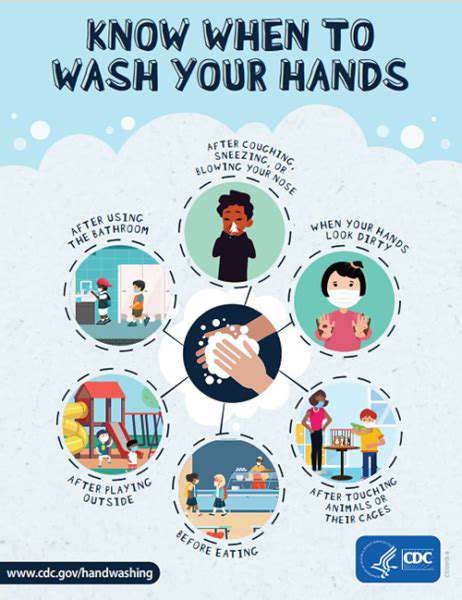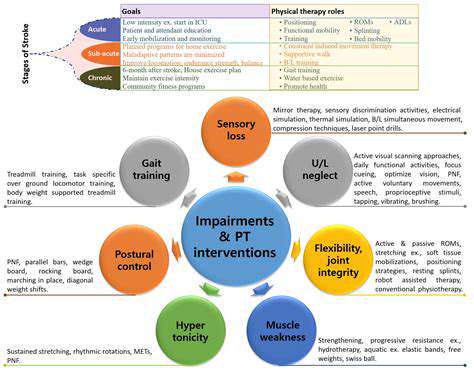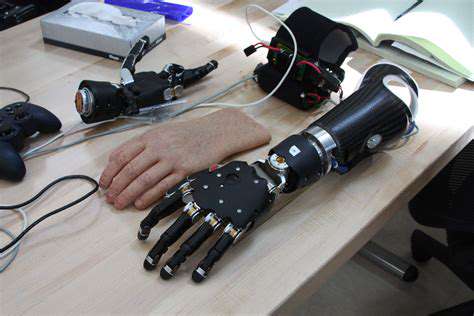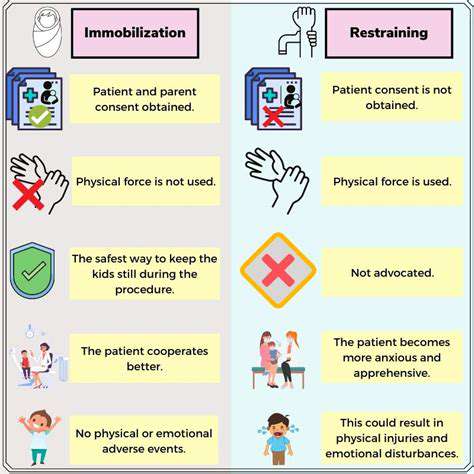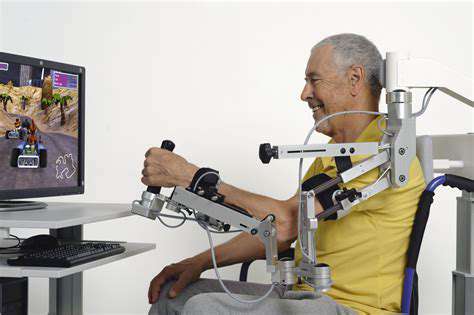The Future of RecoveryAs technology evolves, so does the landscape of rehabilitation therapy. Robotic-assisted rehabilitation devices have transformed how patients recover from upper limb impairments, demonstrating significant advancements in motor function recovery. Devices like the Hocoma Armeo and MIT-Manus leverage sophisticated sensors and feedback mechanisms that cater to individual patient needs. Research indicates that patients utilizing these devices experience quicker recovery times compared to traditional therapies, marking a significant leap in rehabilitation technology. The Role of Artificial IntelligenceArtificial intelligence (AI) is redefining the capabilities of robotic-assisted rehabilitation. By analyzing patient data, AI can tailor rehabilitation programs to meet unique recovery needs, adjusting resistance levels and tracking metrics in real-time. This personalized approach enhances patient engagement, as seen in a report from the National Science Foundation, which emphasizes the effectiveness of AI-driven analytics in therapy. The ability to adapt treatment plans enhances motivation and ultimately improves rehabilitation outcomes. Target Populations and EffectivenessRobotic-assisted rehabilitation devices are proving to be especially beneficial for diverse patient populations, including stroke survivors and individuals with neurological conditions like multiple sclerosis and Parkinson's disease. Studies published in reputable journals demonstrate that robotic interventions lead to notable improvements in upper limb function, strength, and hand mobility. Future Directions in Rehabilitation RoboticsThe future is bright for rehabilitation robotics, as researchers explore the integration of virtual reality (VR) to create immersive rehabilitation experiences. Innovations are also focused on enhancing the affordability and accessibility of these devices for outpatient settings, making recovery feasible for more patients at home. Challenges to AddressDespite the potential of robotic-assisted rehabilitation, challenges remain, such as high costs and the need for comprehensive training for healthcare professionals. Addressing these barriers will be critical for widespread adoption, ensuring that patients receive optimal care. Virtual Reality EngagementAlongside robotic technologies, VR has emerged as a key player in rehabilitation. By creating engaging, game-like environments, VR not only enhances motor learning but also motivates patients to adhere to therapy routines. Studies show that VR users report higher satisfaction and improved recovery outcomes. Additionally, incorporating VR into rehab allows for real-time adjustments by therapists based on patient progress. Wearable Technology: Continuous MonitoringWearable technologies have further revolutionized rehabilitation by allowing for real-time monitoring of patient performance. Devices like smartwatches and sensors empower patients and therapists, enabling a proactive approach to recovery. However, challenges such as device comfort and data integration into healthcare systems persist. Tele-rehabilitation ServicesTele-rehabilitation has gained traction, particularly for patients in remote areas, offering innovative solutions like VR platforms and wearable devices. These tools not only increase accessibility but also promote personalized care. While technical issues remain a barrier, continued advancements promise to enhance the tele-rehabilitation experience for all patients. Neurotechnology in RecoveryNeurotechnology, including brain-computer interfaces and transcranial magnetic stimulation, plays a significant role in rehabilitating patients with upper limb impairments. These tools interface with the nervous system, promoting neuroplasticity and enhancing motor functions. ConclusionThe future of rehabilitation is poised for remarkable advancements with the integration of robotic technologies, AI, VR, and neurotechnology. As research progresses, these innovations will reshape recovery pathways, making rehabilitation more accessible, engaging, and effective for all patients. Embracing these tools will not only improve physical outcomes but also enhance the overall healthcare experience in arm rehabilitation.
